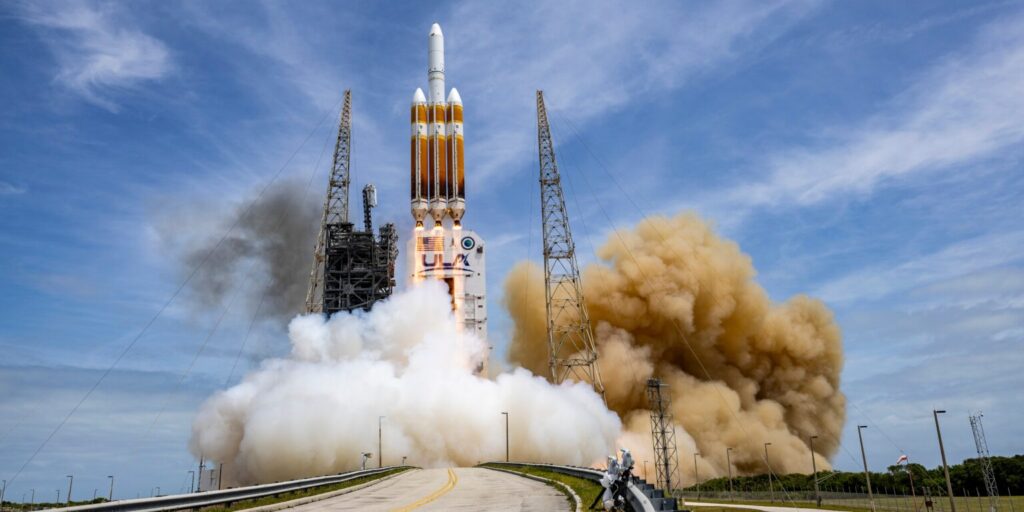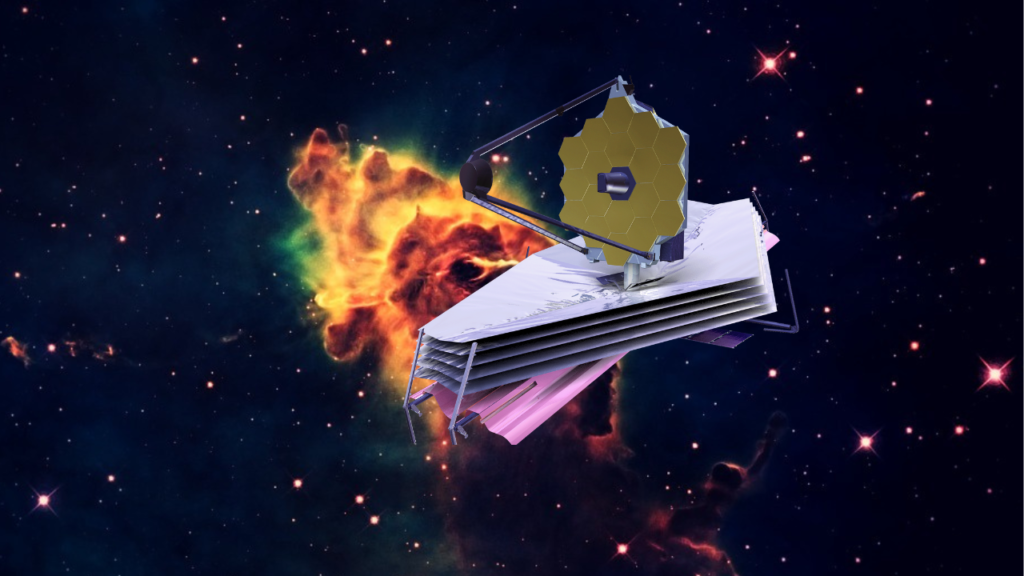The last flight of a Delta rocket lifted off today from Cape Canaveral Space Force Station, bringing to an end more than 60 years of service. The rocket evolved considerably over those decades and this version, Delta IV Heavy, for many years was the most powerful in the U.S. fleet. Carrying a national security payload for the National Reconnaissance Office, Delta IV Heavy ends its service with a near-perfect record.
The United Launch Alliance, a joint venture between Lockheed Martin and Boeing, is replacing its two venerable rockets, Delta and Atlas, with Vulcan, which has its first flight in January. Several more Atlases remain to be launched, but today at 12:53 pm ET was the bittersweet goodbye to Delta.
This final Delta IV Heavy, or DIVH, launch carried NROL-70, a classified satellite for the National Reconnaissance Office (NRO). Of the 16 DIVH launches, 12 were for NRO. Another was for DOD and two were for NASA. All were completely successful. Only the first launch in December 2004 is rated as a partial failure because it reached a lower orbit than planned. It was carrying test satellites.
Between the end of the space shuttle program in 2011 and the first flight of SpaceX’s Falcon Heavy in 2018, DIVH was the most capable rocket in the U.S. fleet. It put the heaviest national security satellites into Earth orbit and for NASA’s Parker Solar Probe, had enough energy to put it on course to fly closer to the surface of the Sun than any previous spacecraft.
Bruno told reporters last month that Parker Solar Probe was his favorite DIVH launch because they were sending a probe to fly through the atmosphere of the Sun and 91-year-old Dr. Gene Parker, the probe’s namesake, was there to see it lift off. This was the first time NASA named a spacecraft after a living person in honor of his determination in the 1950s to prove that the solar wind existed, despite skepticism and ridicule from scientific colleagues, essentially creating the field of solar and space physics. (He died in 2022.)
The DIVH, which Bruno calls the “most metal” of rockets, has a unique place in history because it sets itself on fire at liftoff. The rocket has three booster cores strapped together all using liquid hydrogen and liquid oxygen as propellant. The liquid hydrogen starts flowing moments before liftoff and since it is lighter than air, floats up from the flame trench and lingers near the nozzles of the three Aerojet Rocketdyne RS-68A engines. When they ignite the hydrogen catches on fire as shown in this ULA video of today’s launch. The extra boosters on the sides of most rockets don’t use liquid hydrogen so don’t experience this effect.
The launch was scheduled for March 28, but scrubbed 3 minutes and 58 seconds before liftoff because of a “liquid pump failure on the gaseous nitrogen pipeline which provides pneumatic pressure to the launch vehicle systems” according to ULA. Air Liquide operates the gaseous nitrogen, or GN2, pipeline for NASA, which feeds several launch pads at NASA’s Kennedy Space Center and the adjacent U.S. Space Force’s Cape Canaveral Space Force Station.
Delta IV launches from Space Launch Complex 37 (SLC-37) at CCSFS. Brig. Gen. Kristin Panzenhagen, who oversees the launch site as commander of the Space Force’s Space Launch Delta 45 and Commander of the Eastern Range, told reporters before the launch that a SLC-37 Environmental Impact Statement process has begun at the Pentagon. No decisions on the future of the pad will be made until that is completed, she said, adding it usually takes two years. A number of CCSFS launch pads that fell into disuse over the decades have come back to life in recent years, leased to commercial companies building new vehicles.
For Delta, though, this was the final chapter for a rocket whose first launch was in May 1960. ULA created a video tribute to its 64-year history.
In a statement this evening, Bruno said “This final Delta mission signals ULA’s evolution to the new Vulcan rocket, providing even higher performance than our three-core Delta IV Heavy rocket in a single-core rocket to launch heavy-class missions for the nation. We will continue to deliver our superior reliability and unprecedented orbital precision for all our customers across the national security, civil and commercial markets.”
Source: https://spacepolicyonline.com/news/farewell-delta/



